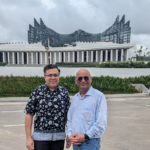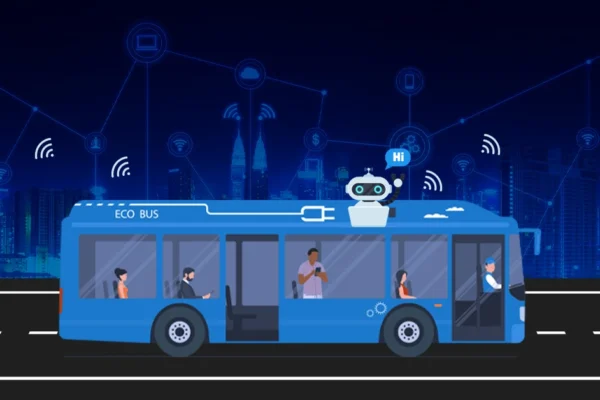Smart Cities 101: Getting Started with Purpose, Not Just Technology
What is a Smart City?
What exactly is a “smart city”? While tech companies often focus on flashy sensors and apps, a truly smart city is one that thoughtfully integrates technology, community engagement, and environmental considerations to enhance quality of life, sustainability, and resilience for all residents.
Rather than starting with technology for technology’s sake, successful smart city initiatives begin by identifying real community challenges that need solving. For example, the City of Richmond, California faced serious air quality issues affecting public health due to industrial activity, ports, and highways near residential areas. They launched a targeted project to gather data on pollution sources and develop evidence-based improvement plans. They deployed 50 air quality sensors and enrolled citizens to collect additional data as a part of California Air Resources Board (CARB).
Step 1: Measurable Outcomes
When launching a smart city program, focus first on defining clear, measurable outcomes tied to community priorities. These could include:
- Reducing traffic congestion and commute times by 25% through smart traffic signals and real-time transit information
- Cutting energy usage and costs by 30% via smart building systems and LED streetlights
- Improving emergency response times by 40% through connected infrastructure and predictive analytics
- Increasing civic engagement by enabling 24/7 access to city services and public input channels
Step 2: Stakeholder Engagement
Most importantly, successful initiatives require buy-in and ongoing engagement from key stakeholders:
- City leadership to champion the vision and secure resources
- Department heads to enable cross-agency collaboration
- Community members to ensure solutions meet real needs
- Local businesses and institutions as potential partners
- Technology vendors aligned with city goals
The Town of Morrisville provides a model approach. Town of Morrisville started with a strategic plan organized around core community values: sustainability, mobility, accessibility, resiliency and transparency. The town created a Smart City Advisory Committee that meets on a regular basis. The committee reviews the proposals and makes recommendations about technology and implementation. Resident surveys about their technology needs and concerns are conducted. Based on this input, they evaluate and implement specific technologies.
The key is viewing smart city development as a means to an end – using technology thoughtfully to create measurable improvements in residents’ daily lives. By starting with community challenges rather than technology solutions, cities can develop initiatives that deliver real value.
Want to get started? Begin by:
Step 3: Leveraging Existing Resources
A common misconception is that smart city initiatives require massive new investments. In reality, many communities already have valuable infrastructure and data sources they can leverage:
Existing Infrastructure
- USGS flood monitoring stations providing real-time water level data
- Building automation systems in government facilities
- HVAC systems generating performance data through industry-standard protocols (BACnet, Modbus, DNP3)
- Traffic signals and cameras
- Weather stations
Local Technology Partners
- IT service providers
- System integrators
- Software development firms
- Telecommunications companies
- Cybersecurity specialists
Academic Partners Many universities are eager to collaborate on smart city projects through their specialized departments:
- Forestry departments for urban tree monitoring and park management
- Environmental engineering for air quality assessment
- Civil engineering for flood monitoring and infrastructure analysis
- Computer science for data analytics and visualization
- Urban planning for community engagement and impact assessment
Data as Currency The data generated through smart city initiatives has real value that can help fund future projects:
- Share data with private partners in exchange for services
- Generate insights that improve operational efficiency
- Support grant applications with evidence-based outcomes
- Create new revenue streams through data monetization
- Demonstrate ROI to secure additional funding
For example, Philadelphia uses a “Pitch & Pilot” framework where companies can propose solutions to city challenges. Successful pilots can lead to broader implementation, with companies gaining valuable real-world testing environments while the city receives innovative solutions.
Getting Started Checklist:
- Inventory existing infrastructure and data sources
- Map local technology partners and resources
- Explore university collaboration opportunities
- Identify potential funding mechanisms
- Develop data sharing frameworks
- Launch pilot projects with clear metrics
Remember: You don’t need to start from scratch. Look first at the infrastructure, partnerships, and data you already have. Then build incrementally, measuring results and reinvesting success into future initiatives.
More in the next blog post.
Need more information? Check out these resources:
- US Department of Transportation Smart City Challenge resources
- Smart Cities Council Readiness Guide
- National League of Cities Smart Cities Playbook
- American Planning Association Smart Cities Initiative
- Ready to be part of the urban revolution? Book a demo with Varidx today and discover how our cutting-edge technologies can transform your city!





![Bus Stop [Frepik https://www.freepik.com/]](https://varidx.io/wp-content/uploads/2025/03/82645369_9844304-600x400.jpg)